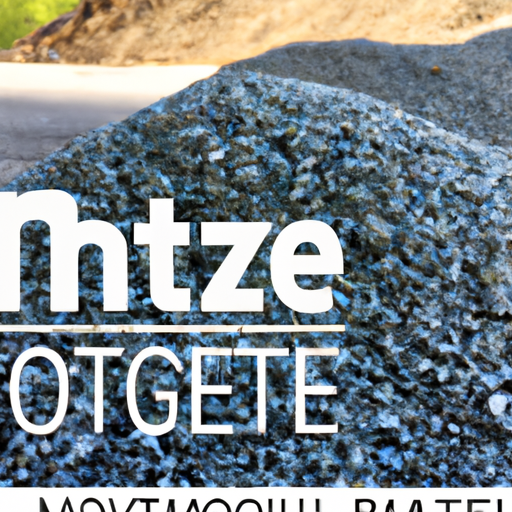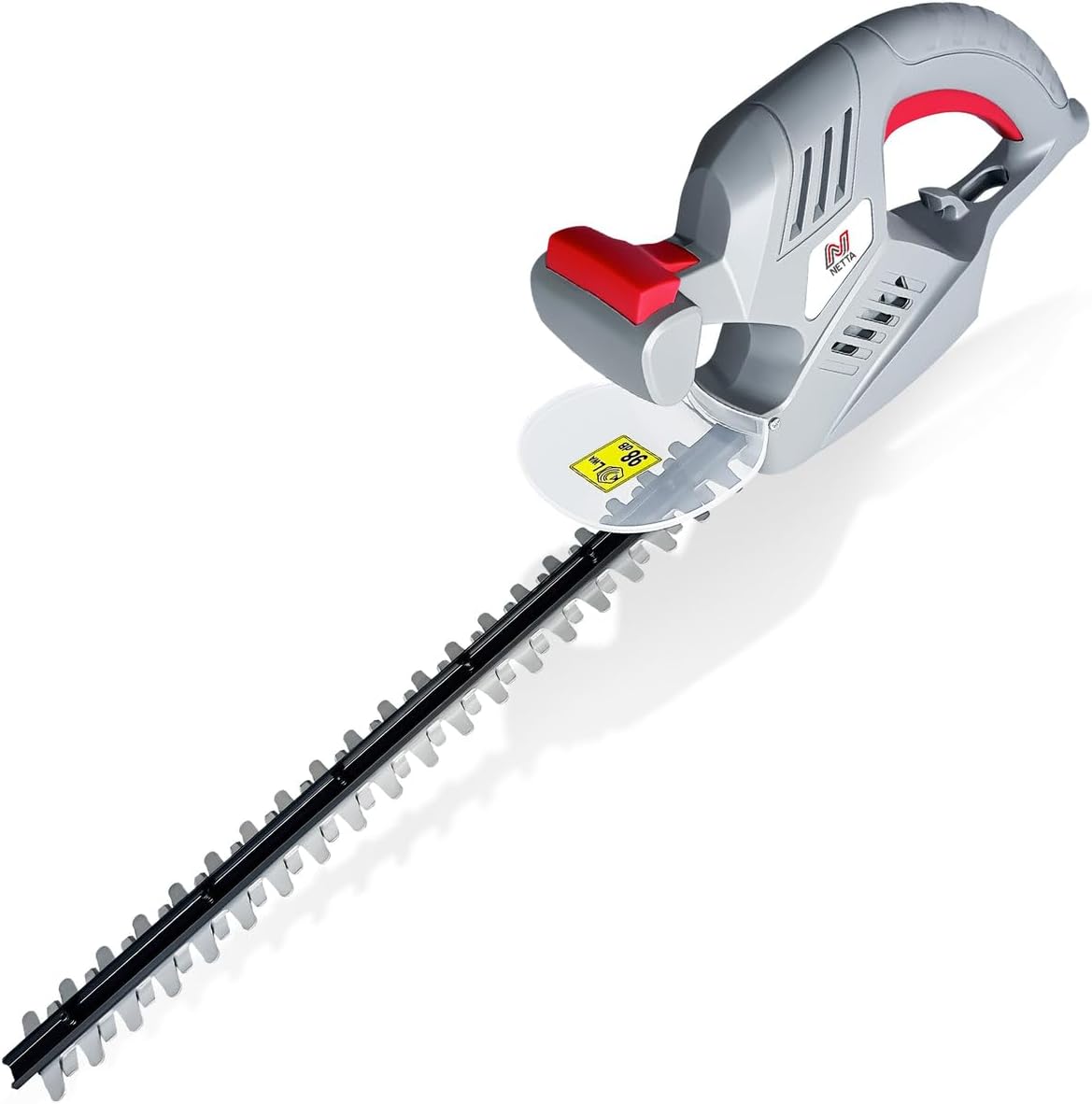
Type 2 MOT aggregate is a common term in construction, but its meaning may not be immediately clear. In this article, you will gain a clear understanding of what Type 2 MOT aggregate is and why it is essential in the construction industry. By the end, you will be equipped with the knowledge needed to confidently navigate construction projects involving this type of aggregate. So let’s get started and demystify Type 2 MOT aggregate!
What is Type 2 MOT Aggregate?
Type 2 MOT aggregate, also known as Type 2 granular sub base, is a specific type of aggregate used in construction projects such as roadworks, groundwork, and pathway/driveway construction. It is an important material that provides stability and strength to the foundation of these structures. In this article, we will delve into the definition, composition, purpose, uses, specifications, advantages, disadvantages, cost comparison, and environmental impact of Type 2 MOT aggregate.
1. Definition
1.1 Composition
Type 2 MOT aggregate is composed of various materials, including crushed rocks, stones, gravels, and sand. These materials are carefully selected and processed to meet specific gradation and density requirements. The exact composition may vary depending on the source and location of the aggregate, but it is generally a combination of coarse and fine particles.
1.2 Purpose
The purpose of Type 2 MOT aggregate is to provide a stable and firm sub-base for construction projects. It serves as the foundation upon which other layers of the construction are built. The aggregate acts as a load-bearing material, distributing the weight of the structure evenly and preventing settling or sinking of the ground. It also helps in drainage by allowing water to percolate through the layers.
2. Differences between Type 2 MOT Aggregate and Other Aggregates
2.1 Type 1 MOT Aggregate
Type 1 MOT aggregate is another commonly used aggregate in construction. While Type 2 MOT aggregate is primarily used for sub-base construction, Type 1 MOT aggregate is often used as a base material for roads and driveways. The main difference between the two lies in the gradation and size of the particles. Type 1 MOT aggregate generally has larger particles compared to Type 2 MOT aggregate.
2.2 Building Sand
Building sand, on the other hand, is finer in texture and is used for mortar and plastering works. It is not suitable as a sub-base material due to its lack of stability and load-bearing capacity. Building sand is generally used for finishing works and does not provide the necessary strength required for sub-base construction.
2.3 Gravel
Gravel is a loose aggregation of small stones and pebbles. While it can be used as a base material for certain construction purposes, it lacks the compactness and stability provided by Type 2 MOT aggregate. Gravel is often used in landscaping, gardening, and decorative applications, but it is not ideal for heavy-duty infrastructure projects.
3. Uses of Type 2 MOT Aggregate
3.1 Sub-base for Roads
One of the primary uses of Type 2 MOT aggregate is as a sub-base material for roads. It forms a solid foundation that can withstand heavy traffic loads and distribute the weight of vehicles evenly. The stability and compaction characteristics of Type 2 MOT aggregate make it an ideal choice for road construction, ensuring the longevity and durability of the road surface.
3.2 Groundworks
Type 2 MOT aggregate is also extensively used in groundworks, such as foundations for buildings, sheds, and industrial structures. It provides a stable base that can withstand the load of the structure above, preventing settling and structural damage. It is commonly used in areas with poor soil conditions or areas prone to flooding, where a strong and stable foundation is crucial.
3.3 Pathways and Driveways
When it comes to constructing pathways and driveways, Type 2 MOT aggregate proves to be an excellent choice. Its compact nature allows for proper compaction, ensuring a smooth and level surface that can withstand regular foot traffic or vehicular movement. Additionally, the drainage properties of Type 2 MOT aggregate help in preventing water accumulation and surface erosion.
4. Specifications and Standards
4.1 British Standards
Type 2 MOT aggregate is regulated by British Standards, specifically BS EN 13285. This standard defines the requirements for granular sub-base materials used in road construction. It sets out the specifications related to gradation, composition, density, and compaction of the aggregate.
4.2 Gradation
The gradation of Type 2 MOT aggregate is crucial for its performance and stability. It refers to the distribution of particle sizes within the aggregate. The British Standards provide guidelines on the maximum and minimum percentage of various particle sizes within the aggregate, ensuring a well-balanced composition that contributes to its load-bearing capacity.
4.3 Density
Density is another important specification for Type 2 MOT aggregate. It determines the compactness of the material after compaction and affects its load-bearing capacity. The aggregate needs to achieve the required density to ensure a strong and stable sub-base. The British Standards outline the minimum required density for the aggregate, which needs to be met during construction.
4.4 Compaction
Proper compaction is essential to achieve the desired stability and load-bearing capacity of Type 2 MOT aggregate. Compaction ensures that the particles are densely packed, leaving little to no air voids. This process increases the aggregate’s strength and provides resistance to deformation under load. The British Standards define the method and compaction requirements to be followed during construction.
5. Advantages of Using Type 2 MOT Aggregate
Using Type 2 MOT aggregate offers several advantages in construction projects. Firstly, it provides excellent stability and load-bearing capacity due to its well-graded composition and proper compaction. This ensures that the structure built on top of it remains intact and free from settling or sinking issues. Secondly, the drainage properties of Type 2 MOT aggregate help in preventing water accumulation, reducing the risk of surface erosion and water damage. Lastly, the use of Type 2 MOT aggregate ensures compliance with British Standards, ensuring that the construction meets the required quality and performance standards.
6. Disadvantages of Using Type 2 MOT Aggregate
While Type 2 MOT aggregate has numerous benefits, there are a few disadvantages to consider. Firstly, due to its granular nature, dust and loose particles may be generated during construction. This can cause inconvenience and potential health hazards if not properly managed. Secondly, the cost of acquiring and transporting Type 2 MOT aggregate may be higher compared to other types of aggregates. However, the overall cost-effectiveness should be assessed considering the long-term stability and performance it provides.
7. Cost Comparison
When it comes to cost comparison, Type 2 MOT aggregate may generally be more expensive compared to some other aggregates due to its specific composition and compliance with British Standards. However, its long-term durability, stability, and performance may outweigh the initial cost difference. It is important to evaluate the project requirements, including the expected lifespan and load-bearing capacity, before making a cost comparison decision.

8. Environmental Impact
8.1 Extraction and Processing
The extraction and processing of Type 2 MOT aggregate can have environmental implications. Mining or quarrying activities for sourcing the raw materials may result in habitat disturbance and landscape alteration. However, proper adherence to sustainable mining practices and rehabilitation measures can help minimize these impacts. The processing of the aggregate also requires energy and water, contributing to the overall carbon footprint.
8.2 Transport and Carbon Footprint
Transportation of Type 2 MOT aggregate from the source to the construction site contributes to its carbon footprint. The use of fossil fuel-powered vehicles for transportation emits greenhouse gases. Employing efficient logistics and minimizing distances between the source and the construction site can help reduce the carbon emissions associated with transportation.
10. Conclusion
Type 2 MOT aggregate is a versatile and crucial material in construction projects, providing stability, load-bearing capacity, and durability to sub-bases. Its well-graded composition, adherence to British Standards, and proper compaction contribute to its reliable performance. While it may have disadvantages such as dust generation and cost implications, its advantages in terms of stability and long-term performance outweigh these drawbacks. Additionally, considering the potential environmental impacts, it is important to adopt sustainable mining practices and minimize carbon emissions during transportation. Type 2 MOT aggregate, when correctly used, ensures the strength and longevity of various construction projects, making it a valuable asset in the construction industry.












